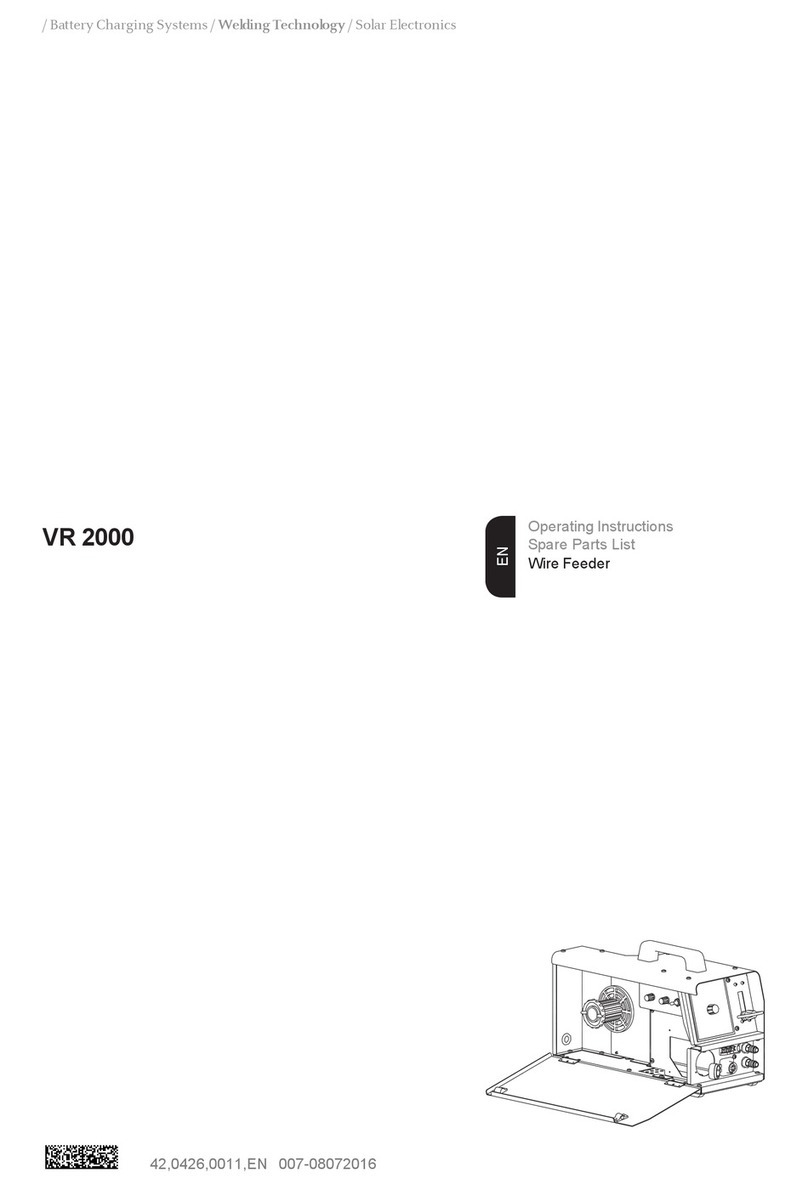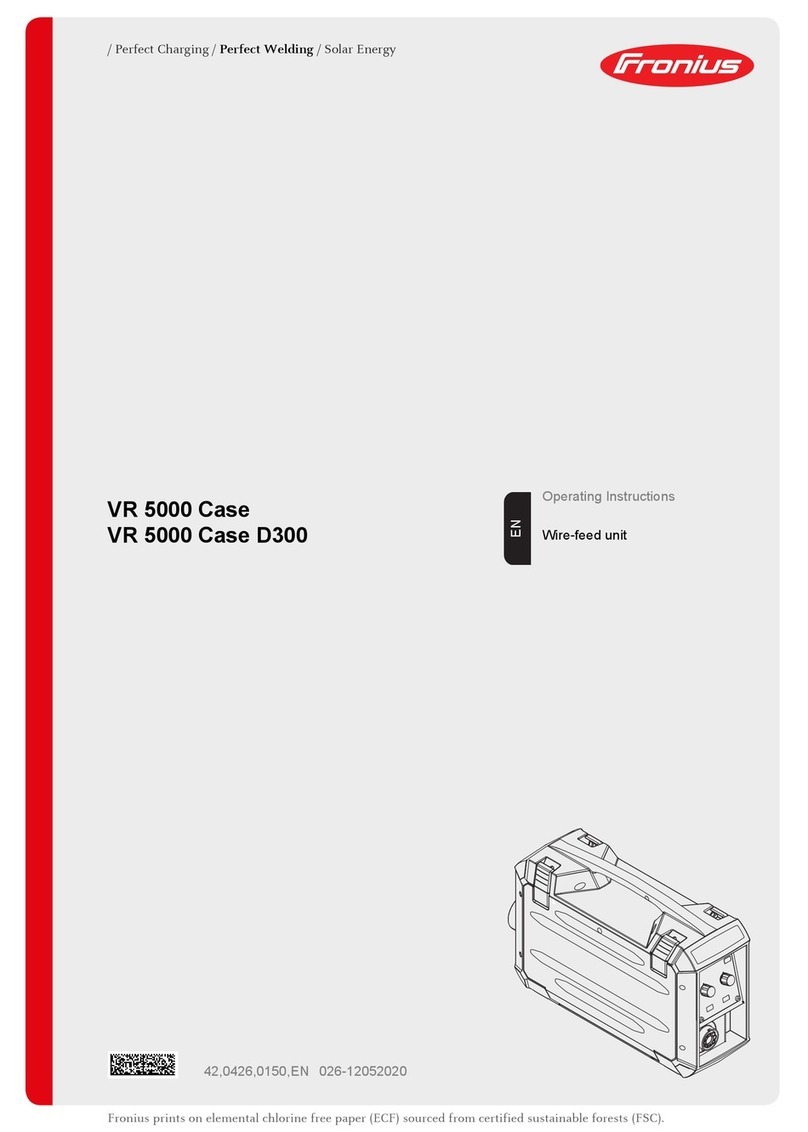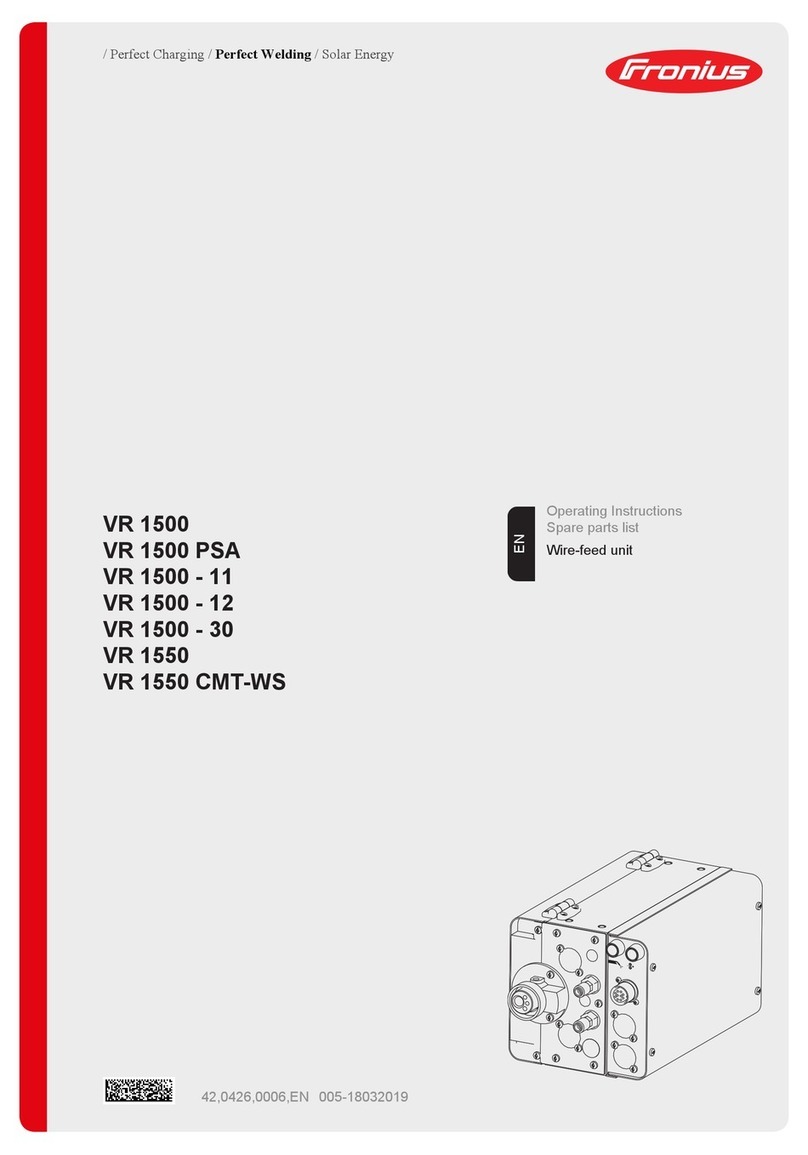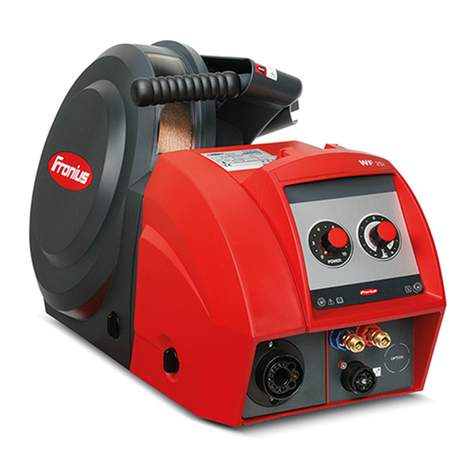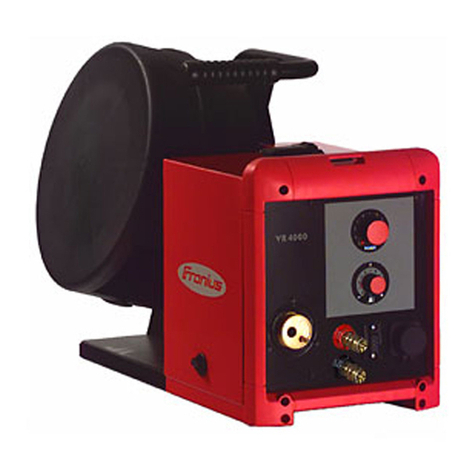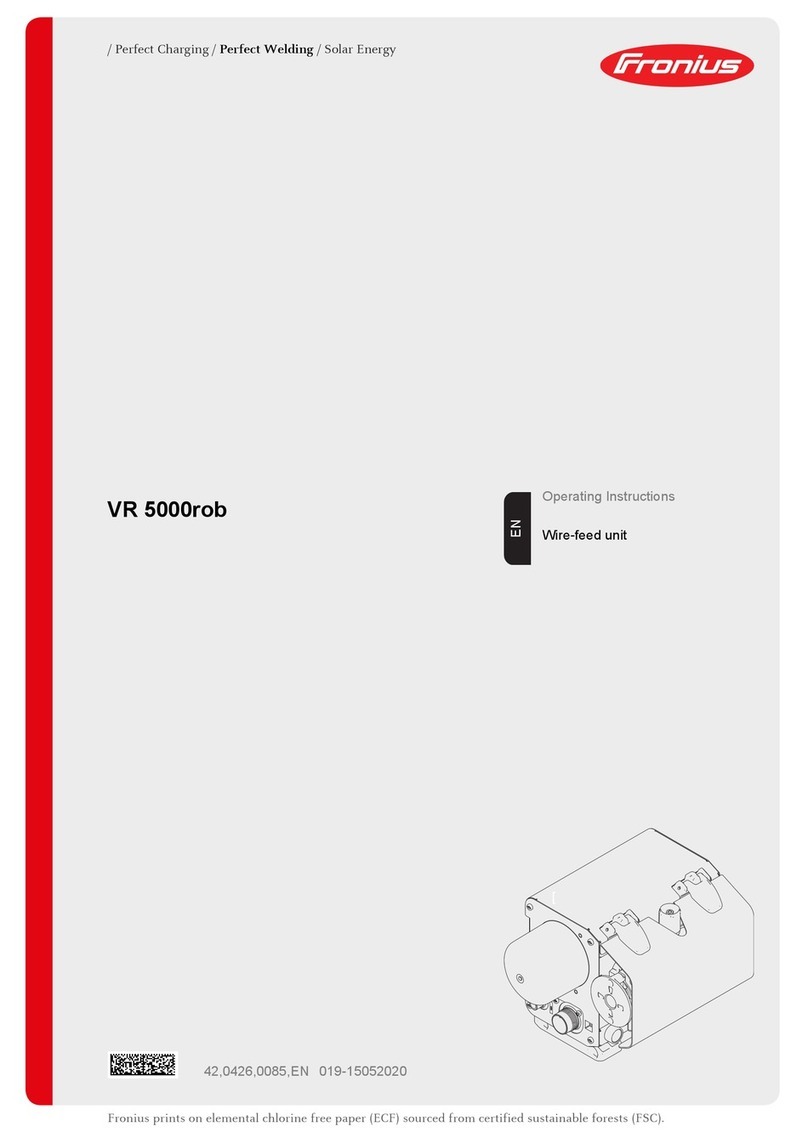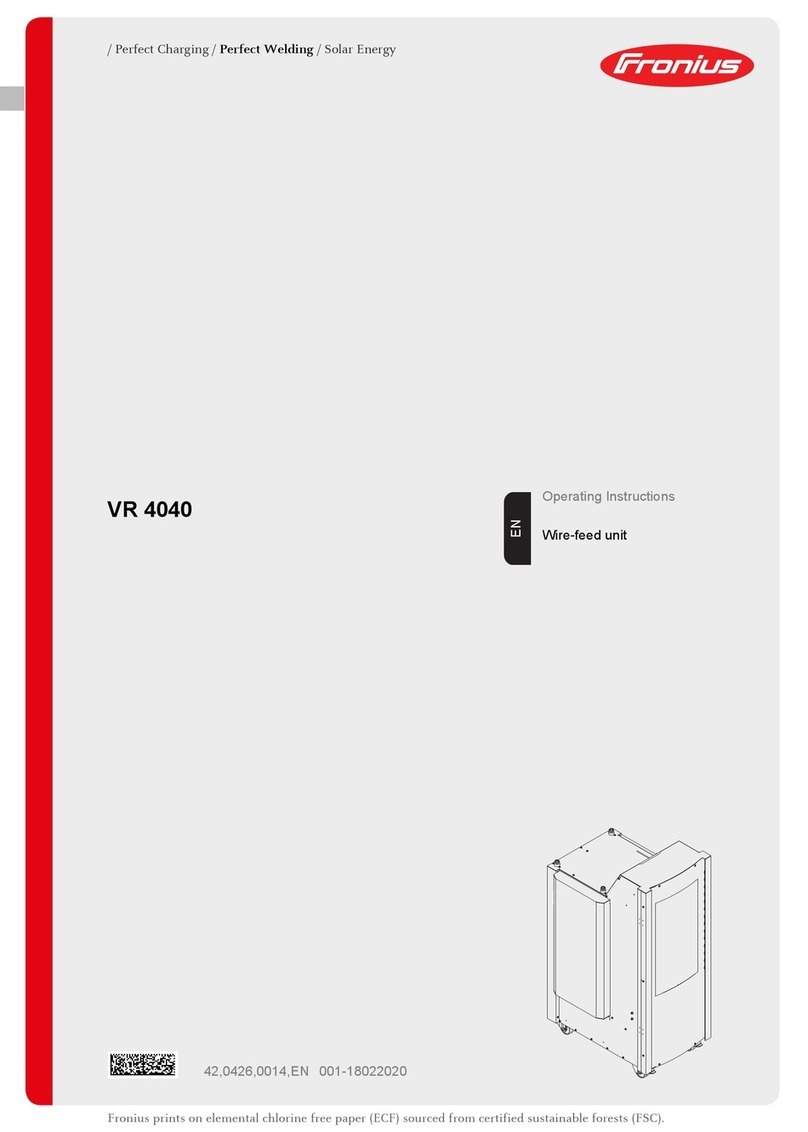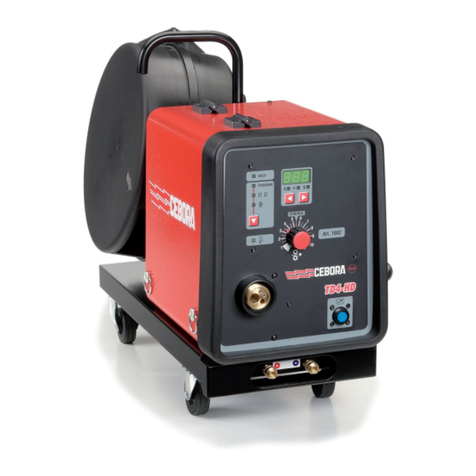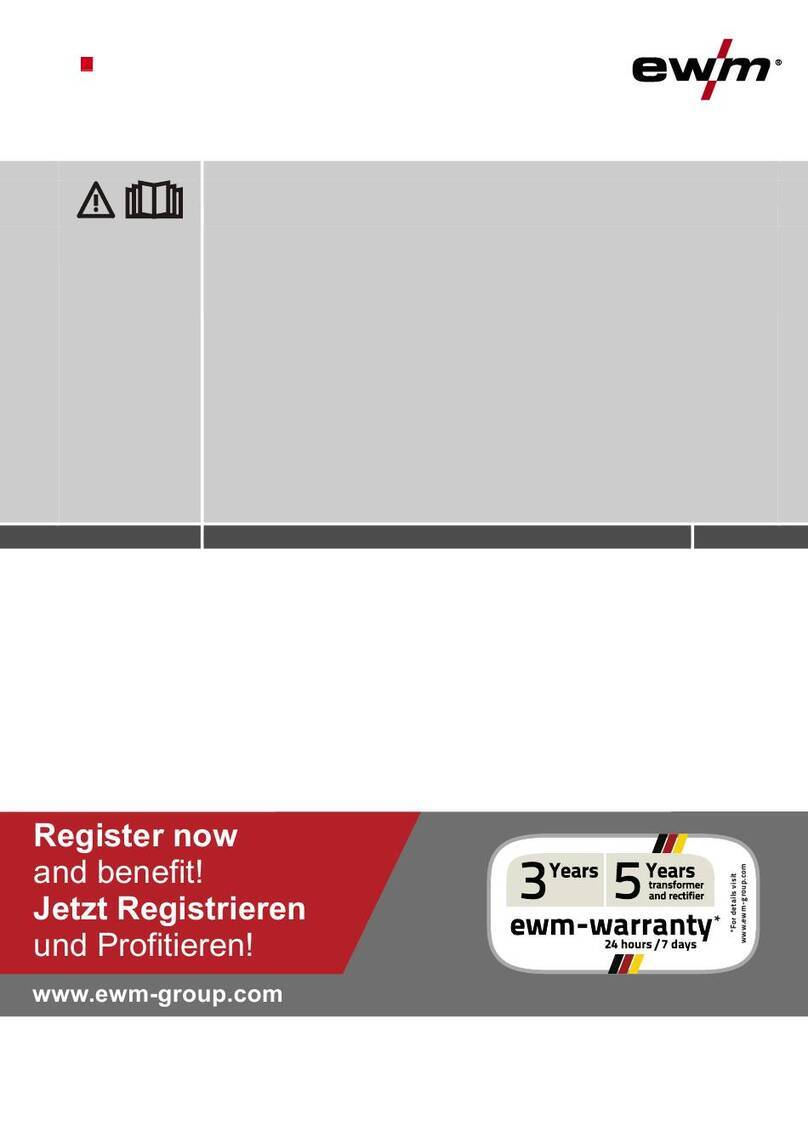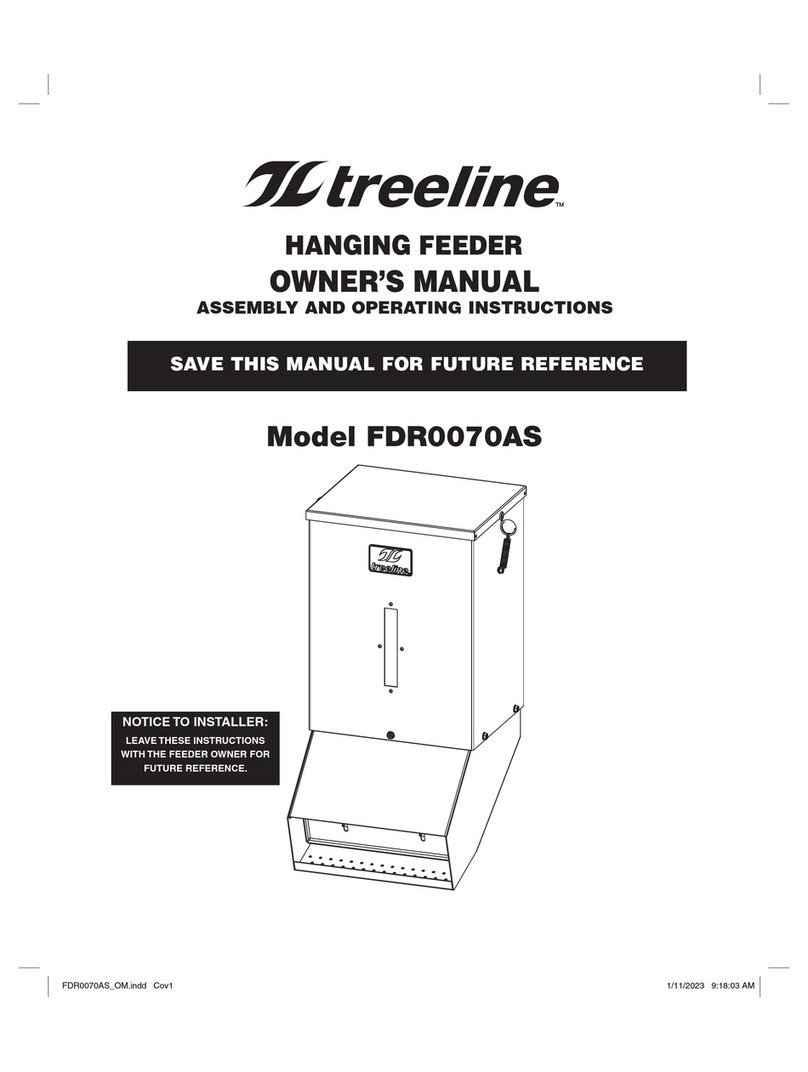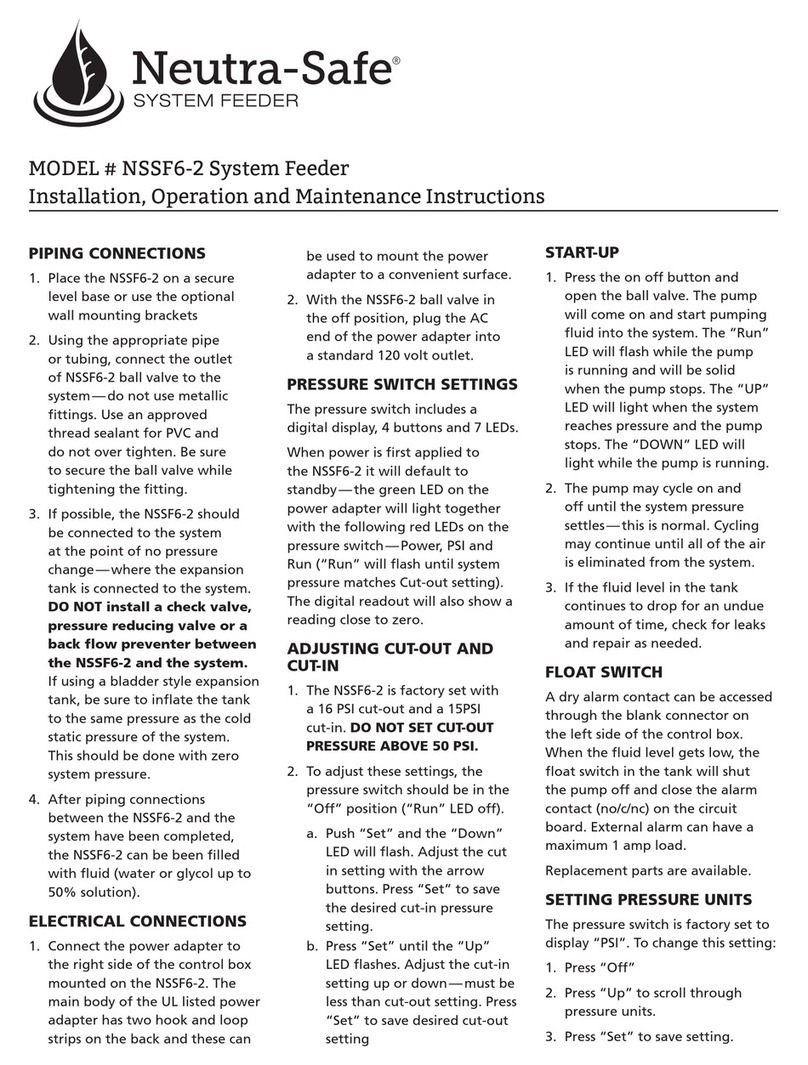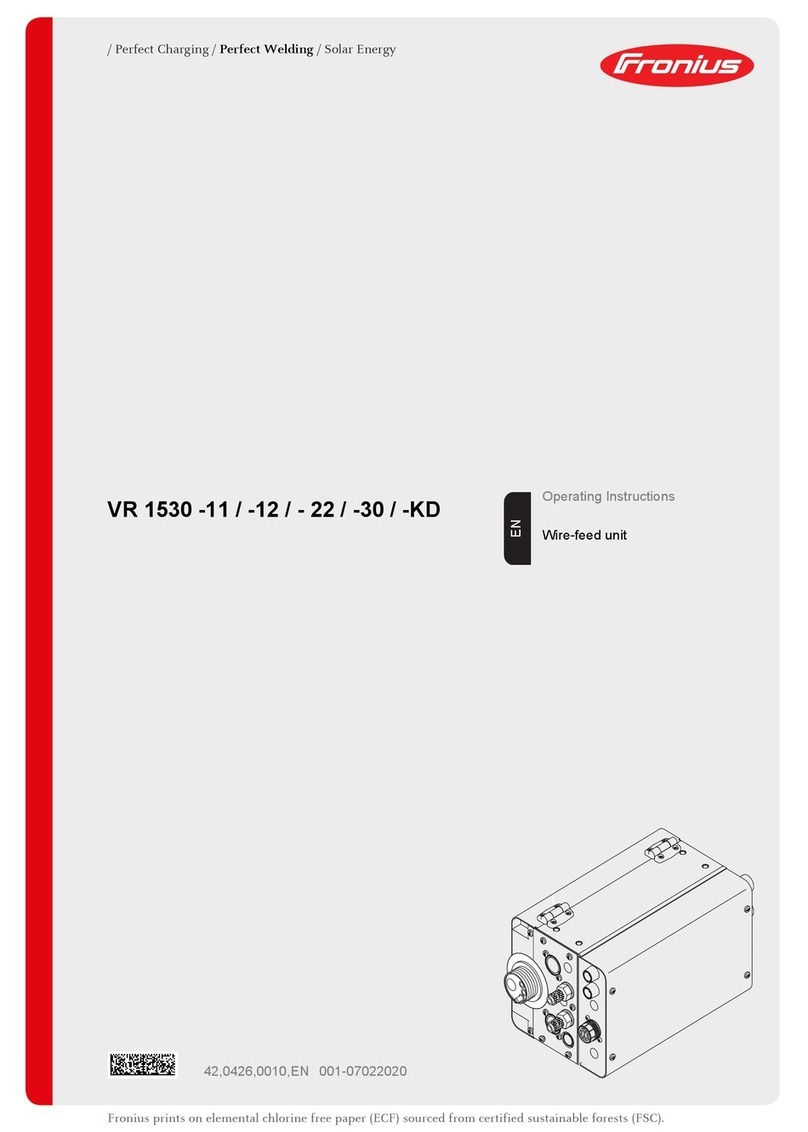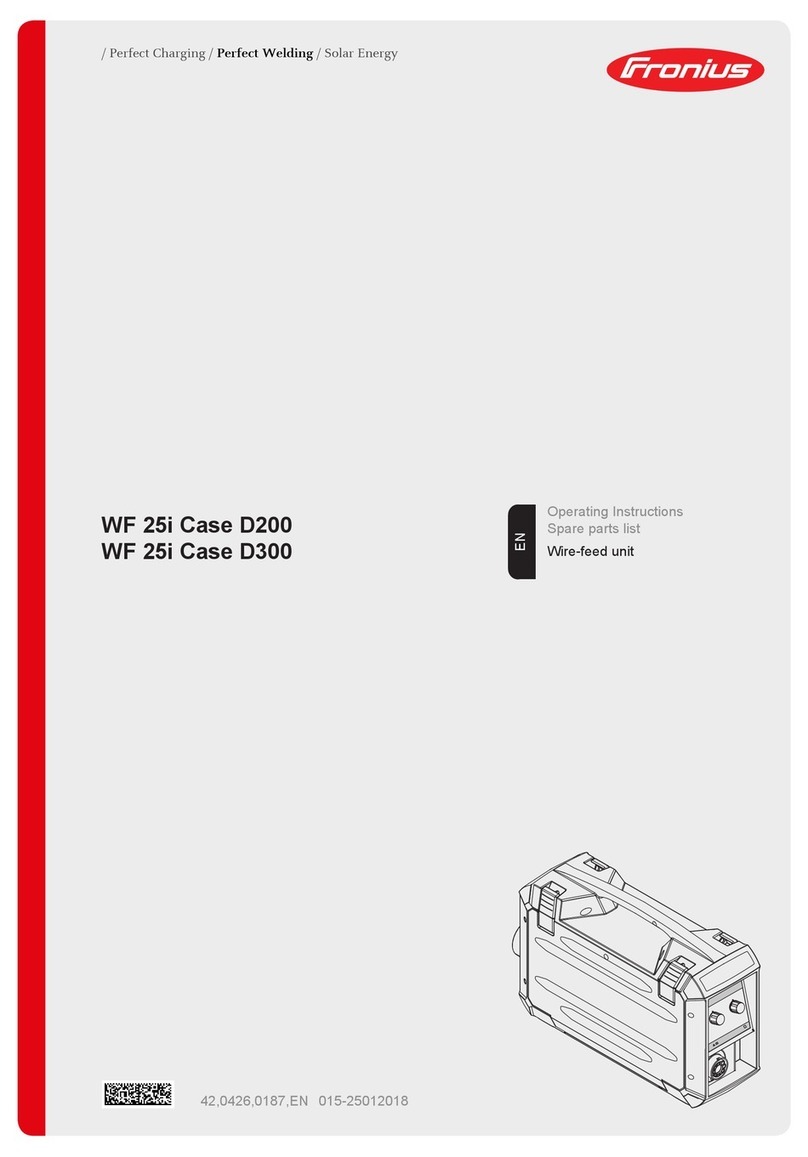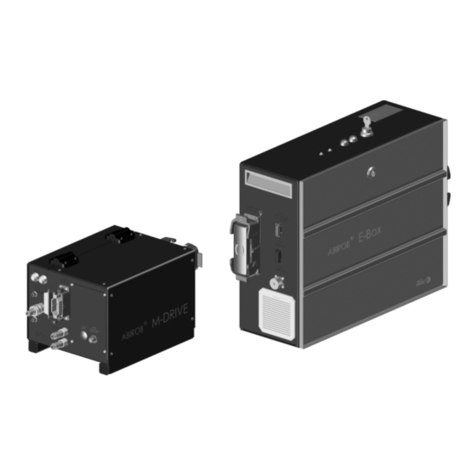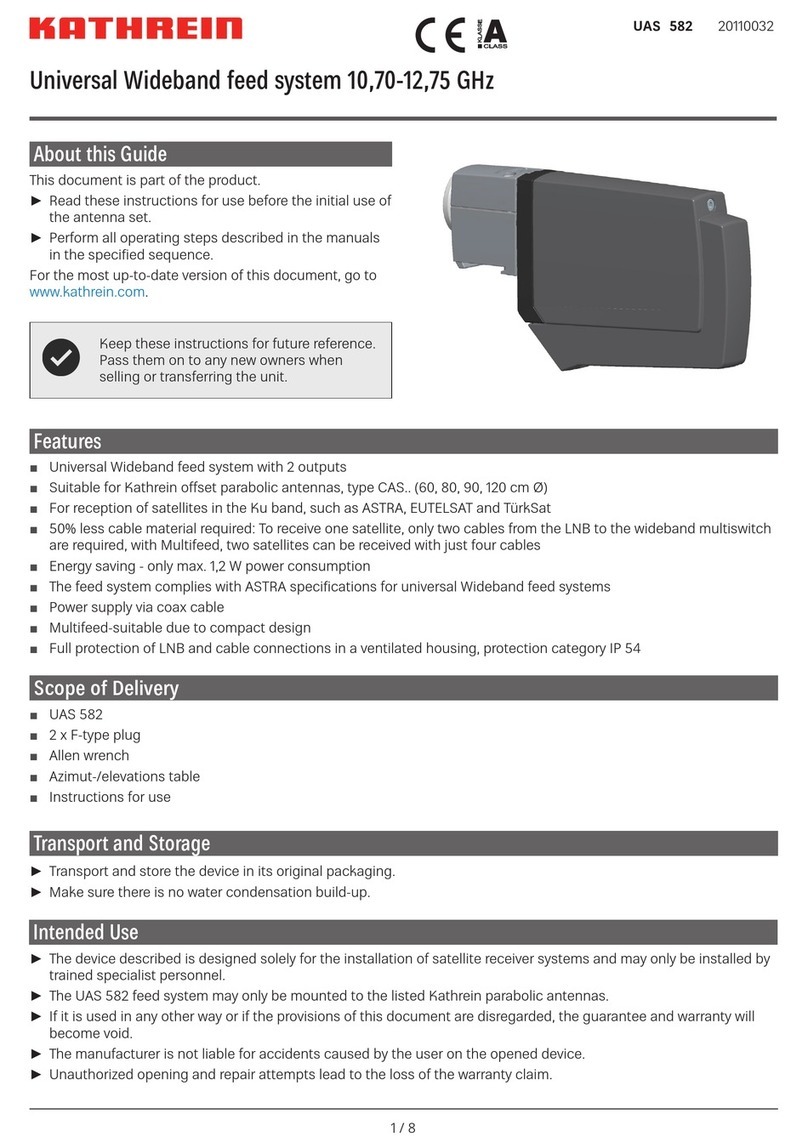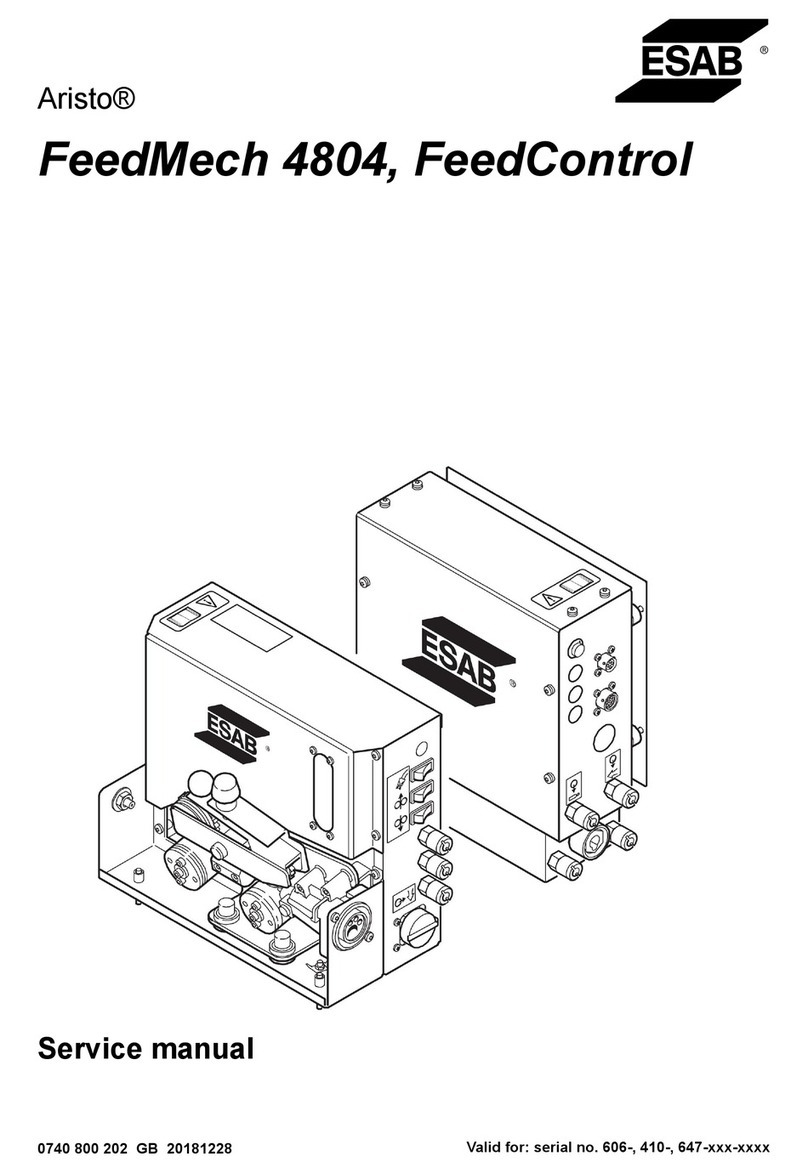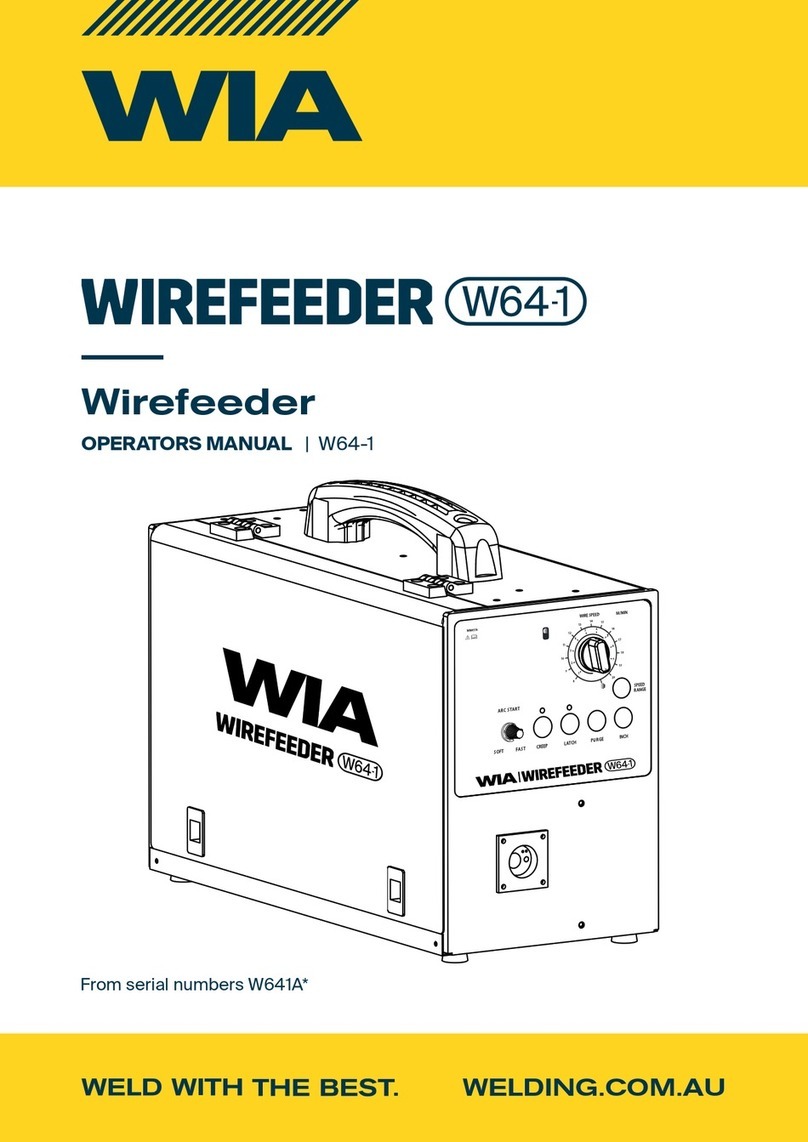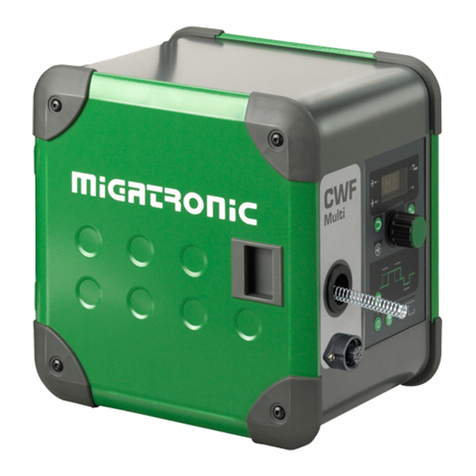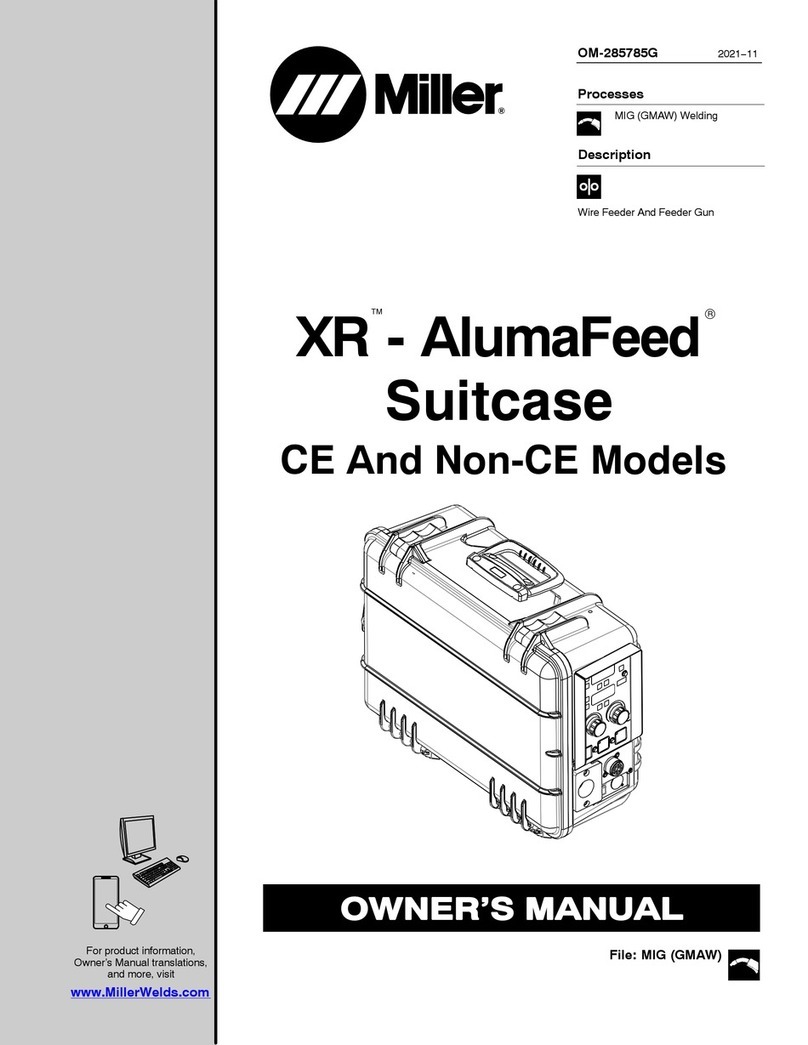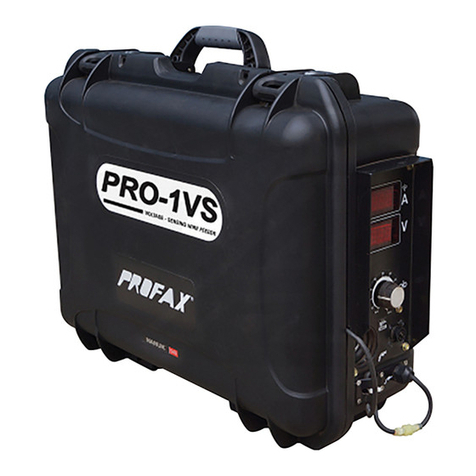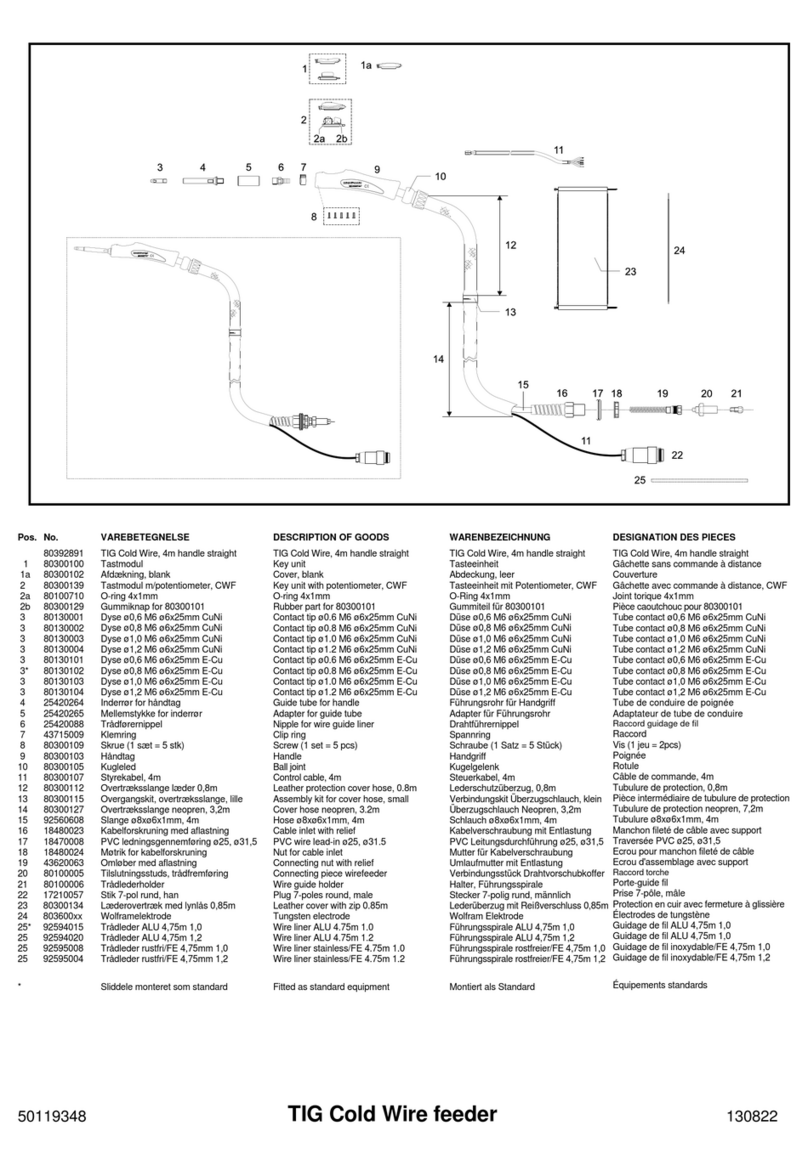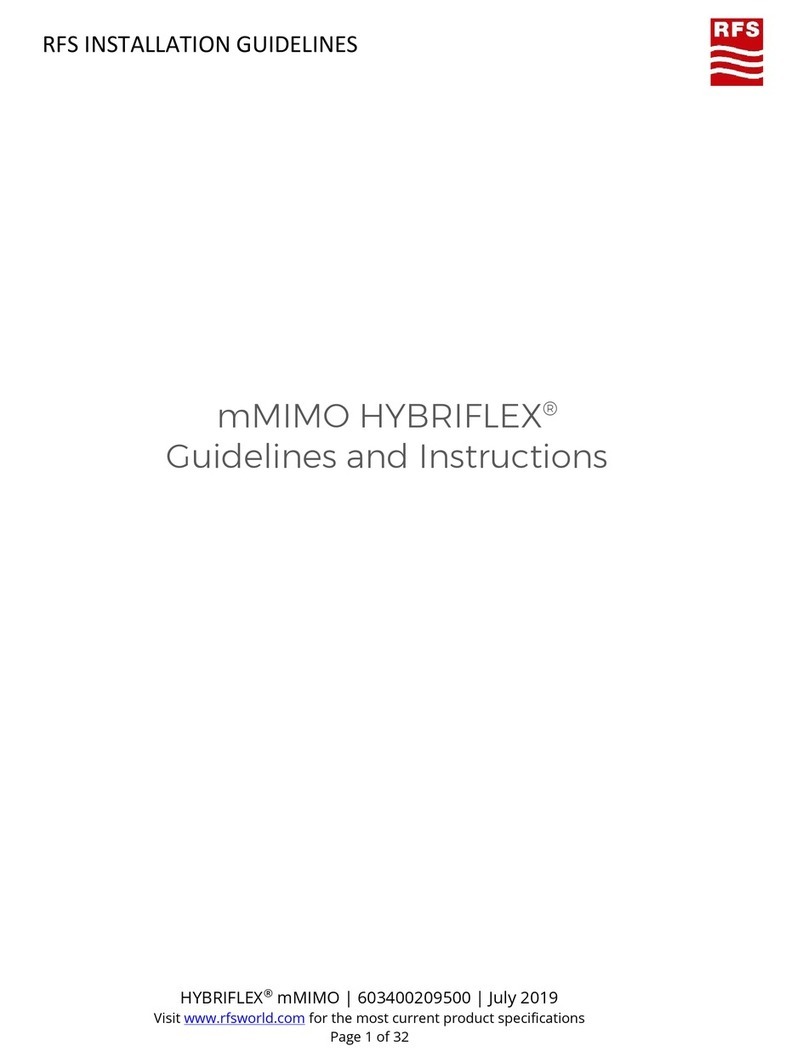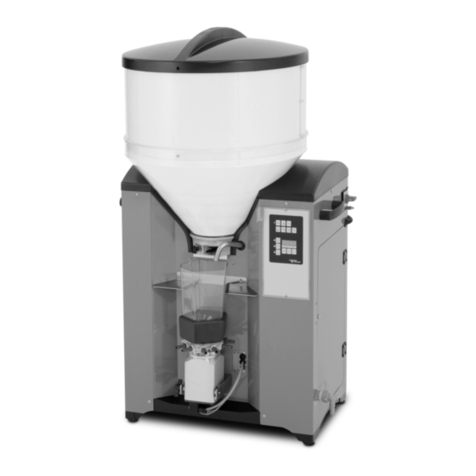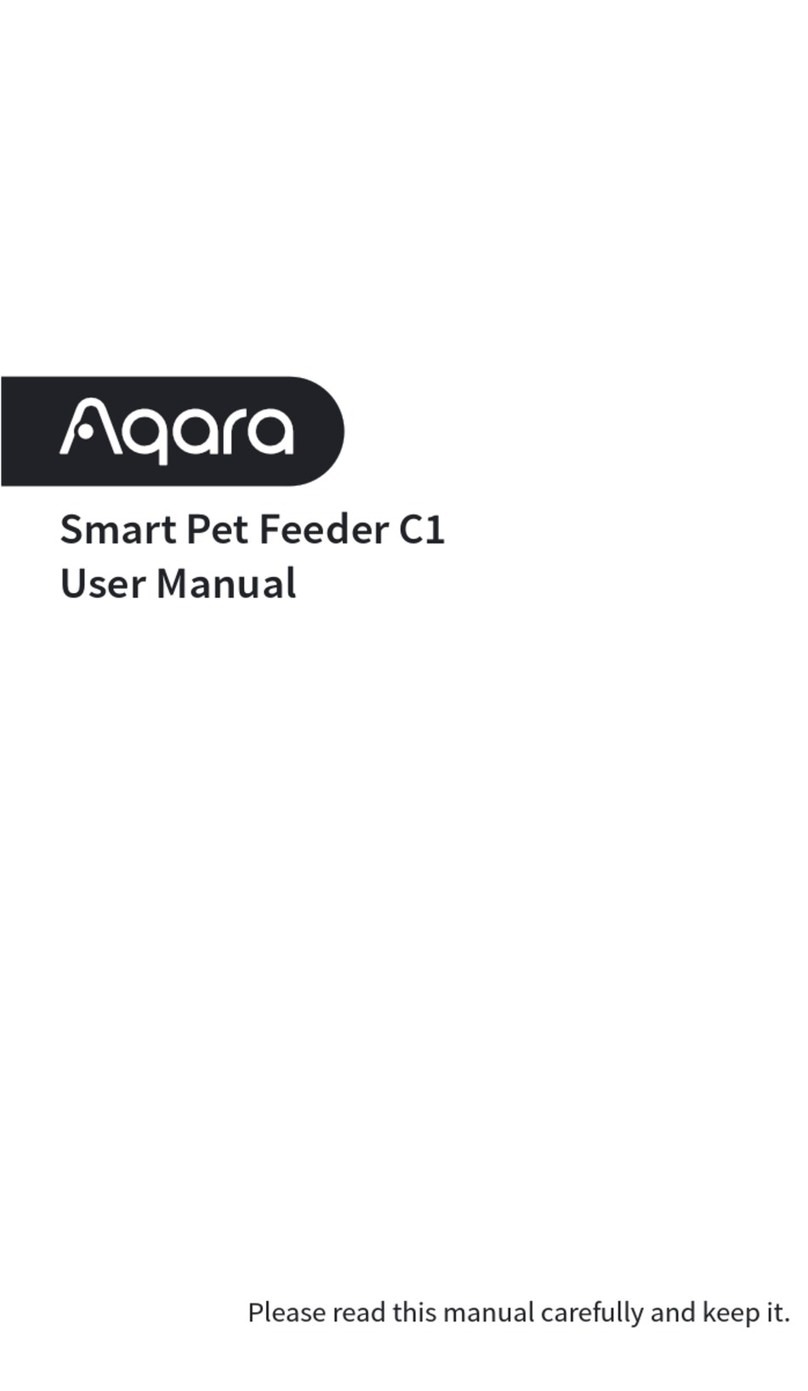
5
EN
Contents
Safety rules ................................................................................................................................................ 7
General ...................................................................................................................................................... 18
Device concept ..................................................................................................................................... 18
Application areas .................................................................................................................................. 18
Warning notices on the device.............................................................................................................. 19
Application ................................................................................................................................................. 20
General ................................................................................................................................................. 20
Configuration 1: unalloyed/high-alloy steels (Push/Internal)................................................................. 20
Configuration 2: unalloyed/high-alloy steels (Push VR 1530/External)................................................. 21
Configuration 3: Aluminium (Pull/Internal) ............................................................................................ 22
Configuration 4: Aluminium (Pull/External) ........................................................................................... 23
Controls, connections and mechanical components.................................................................................. 24
KD 7000 ................................................................................................................................................ 24
TIG-KD connection box......................................................................................................................... 26
Setting wire speed externally ..................................................................................................................... 29
Setting wire speed externally ................................................................................................................ 29
TIG-KD connection box wiring diagram ..................................................................................................... 30
"Minimum start-up requirements" wiring diagram ...................................................................................... 31
Analogue signals................................................................................................................................... 31
Digital signals........................................................................................................................................ 31
KD 7000 wiring diagram............................................................................................................................. 32
Supply voltages.......................................................................................................................................... 33
Supply voltages..................................................................................................................................... 33
Digital input signals (signals from robot) .................................................................................................... 34
Signal level............................................................................................................................................ 34
Ground .................................................................................................................................................. 34
Start KD ................................................................................................................................................ 34
Arc on (Command arc on)..................................................................................................................... 34
Gas on (Command gas on)................................................................................................................... 34
Touch sensing....................................................................................................................................... 35
Wire retract on/off (WR on/off) .............................................................................................................. 35
Job recall (Job mode) ........................................................................................................................... 35
Reserve 4, reserve 5............................................................................................................................. 36
Emergency stop .................................................................................................................................... 36
Wire retract ........................................................................................................................................... 36
Robot wire-pulsing (Wire pulse robot)................................................................................................... 37
Analogue input signals (signals from robot)............................................................................................... 38
General ................................................................................................................................................. 38
Wire speed ("Vd command value" or "VD1") ........................................................................................38
Specifying power source set value for standard welding ...................................................................... 38
Specifying power source set value for pulsed-arc welding ................................................................... 38
Digital output signals (signals to robot) ...................................................................................................... 40
General ................................................................................................................................................. 40
Pulssynch HIGH.................................................................................................................................... 40
Common signal (Signal common)......................................................................................................... 40
Current flow signal (Signal current flow) ............................................................................................... 40
HF on signal (Signal HF on).................................................................................................................. 40
Gas on signal (Signal gas on)............................................................................................................... 40
Alarm signal .......................................................................................................................................... 41
Reserve signal ...................................................................................................................................... 41
Signal KD ready .................................................................................................................................... 41
Main current signal................................................................................................................................ 42
Start-up ...................................................................................................................................................... 43
Safety.................................................................................................................................................... 43
Proper use ............................................................................................................................................ 43
Setup regulations .................................................................................................................................. 43
Mains connection .................................................................................................................................. 43
Connecting the VR 1530 KD wire drive ................................................................................................ 43
Connecting the TIG-KD manual torch................................................................................................... 44
Connecting the wirefeed for TIG robot torches ..................................................................................... 44
